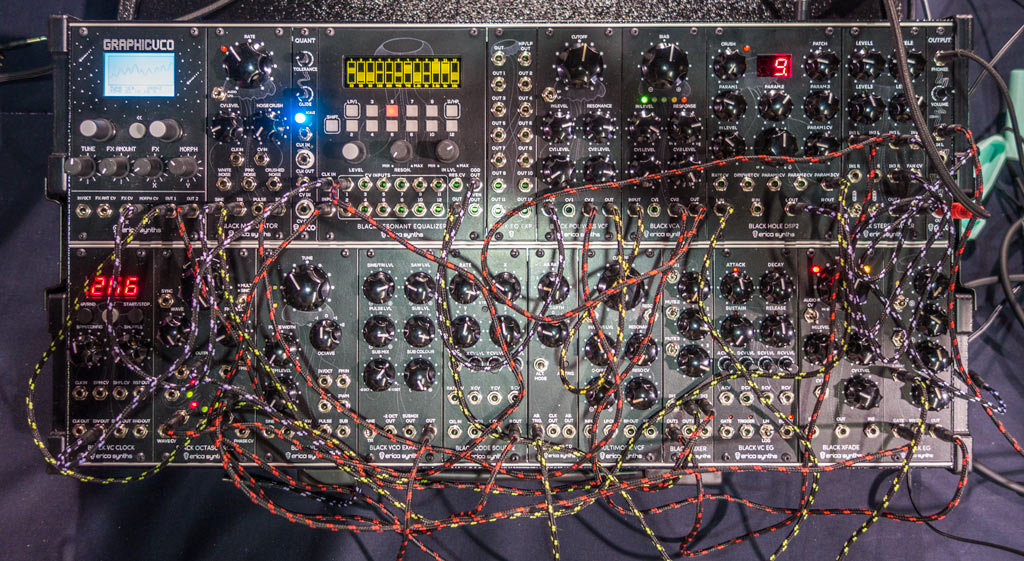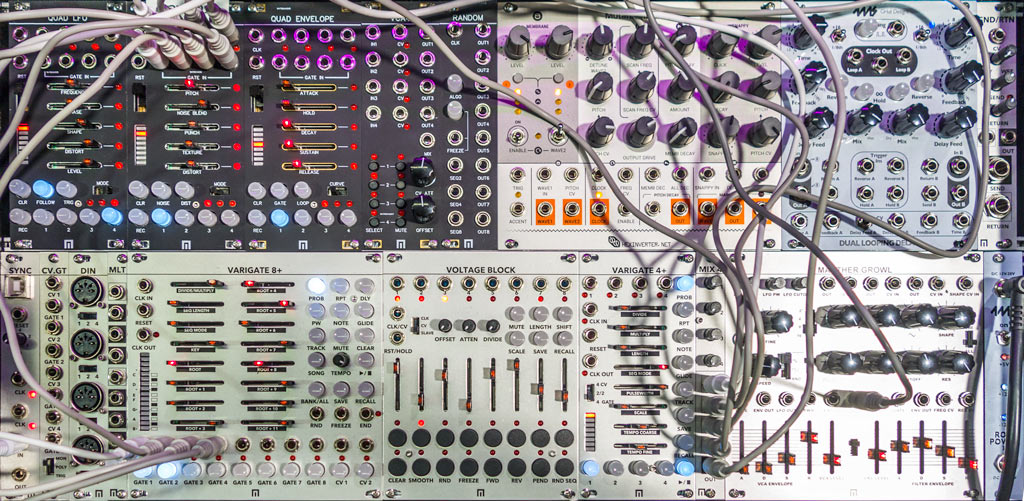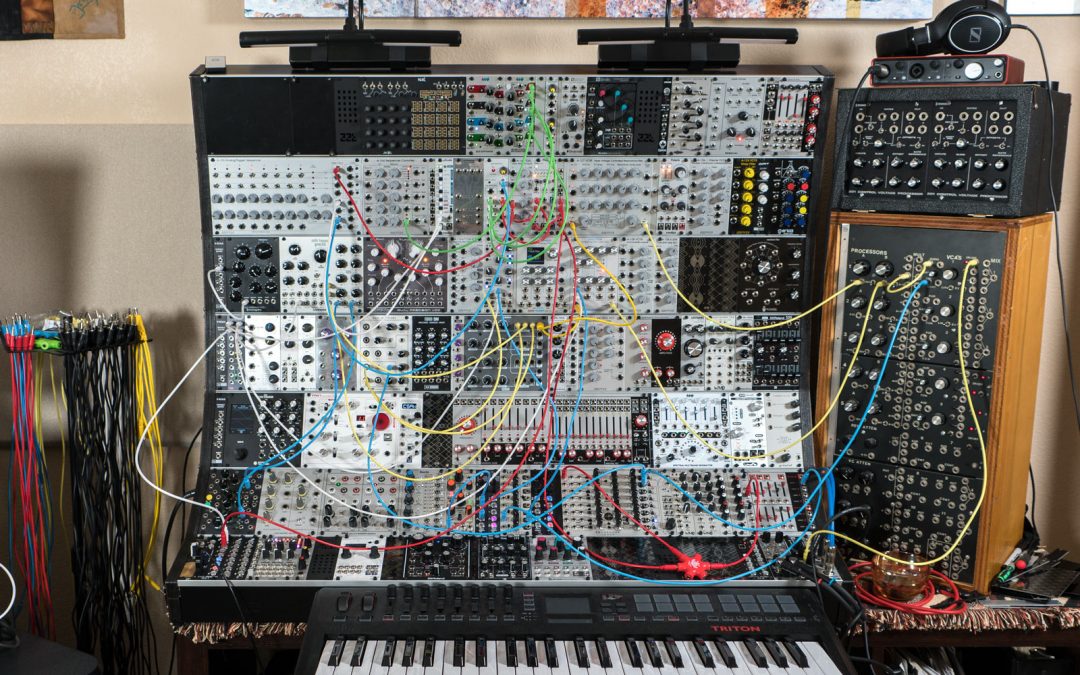


Modular NAMM 2018.3: Intellijel, Koma, and Verbos
Trade shows rarely go smoothly for exhibitors. On the first day of NAMM this year, I was surprised to find the Intellijel booth in the middle of an aisle instead of in their normal booth space. It turns out that a large pipe at the back of their booth had started...
Modular NAMM 2018.2: Doepfer, Malekko, Vermona, and the “Quad” Trend
A few of those themes that emerged during this year’s NAMM show included CEM 3340-based VCOs (as there are now two sources for this classic, previously-unavailable chip), granular synthesis, semi-modulars, and multiple voices. I touched on that last one in the first installment, with 4ms’ Spherical Waveform Navigator being capable of 6-voice polyphony; in general, more companies are looking at configuring a modular to produce more than one sound at the same time – and we’ll look at a few of them here.

Modular NAMM 2018.1: 4ms, Catalyst, Audiophile Circuits League & More
For the last couple of year I’ve written up my conversations with all of the modular manufacturers I could visit during the most recent NAMM show, starting on the first night of the show. This year, for personal reasons, I was on a different schedule, but I’m finally starting my manufacturer-by-manufacturer reports, to be spread out over several installments.

My Personal Modular System
Most of the posts on this site are devoted to smaller modular systems I build for my courses. However, I recently did a 2-hour live webcast with “DivKid” Ben Wilson about my personal system, including many of the choices that went into building it. Here is that video plus some background.
